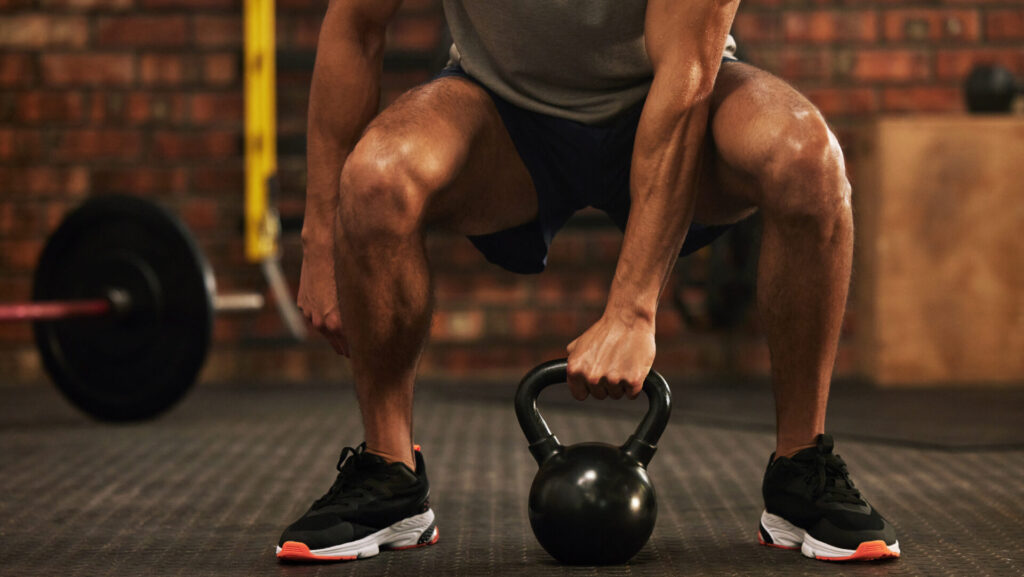
More Addiction Articles
Incorporating Physical Activity Into Addiction Recovery Plans

Addiction recovery is a complex journey that involves both mental and physical healing. A well-rounded recovery plan often includes medical treatment, therapy, and lifestyle changes. This article aims to guide you in adding a crucial element to your recovery plan: physical activity. Incorporating exercise can offer several benefits, enhancing both your mental and physical well-being during recovery.
The Science Behind Physical Activity And Recovery
Physical exercise has a profound impact on neurotransmitters, the chemical messengers in your brain. When you engage in exercise, your body releases endorphins. These natural mood lifters can help you manage stress and discomfort, which are common during the recovery process.
In addition to its mood-enhancing qualities, physical activity can alleviate withdrawal symptoms. Symptoms like irritability and anxiety may be reduced through consistent exercise. Physical activity can even moderate the body’s stress response, making it easier to cope with cravings or triggers.
Several research studies offer robust support for the role of exercise in addiction recovery. These studies indicate that regular physical activity can complement traditional treatments. For instance, a recent study review indicates that engaging in physical exercise could assist individuals in reducing their consumption of drugs and alcohol.

Benefits Of Physical Activity In Addiction Recovery
Physical activity is not just a complement to traditional addiction treatment; it’s a vital component in its own right. This is true whether you’re undergoing therapy at a rehab center in California or seeking outpatient services elsewhere.
- Enhances Mental Well-Being
One of its primary advantages is the enhancement of mental well-being. Regular exercise releases endorphins, which are natural mood lifters. These biochemicals play a key role in regulating emotions and stress levels, both crucial aspects of the recovery process.
- Improves Physical Health
Moreover, exercise has clear benefits for your physical health. It can improve cardiovascular function, increase strength, and enhance metabolic rates. These improvements can offset some of the physical toll that addiction may have taken on your body, promoting quicker and more sustainable healing.
- Helps In Building A Routine
Lastly, incorporating exercise helps establish a healthy routine. Consistency is often missing in the lives of individuals struggling with addiction. The discipline required for regular physical activity can instill a sense of structure. This newly acquired routine can act as a stabilizing force during the tumultuous period of recovery.
Physical activity offers a trifecta of benefits in addiction recovery: it bolsters mental health, promotes physical wellness, and aids in establishing a structured routine. These aspects make it a valuable addition to any comprehensive recovery plan.
Types Of Physical Activities To Consider
Exploring diverse exercise options can empower your journey toward lasting recovery. The right activities complement your overall wellness strategy.
- Aerobic Exercise
Engaging in aerobic activities is a highly effective way to boost your cardiovascular health. Options include jogging, swimming, and cycling. The American Heart Association suggests 150 minutes of moderate-intensity aerobic exercise per week. Breaking it down, that’s about 30 minutes a day, five times a week.
- Strength Training
Resistance or strength training contributes to an uptick in metabolic rate and muscle mass. Effective exercises include weight lifting and resistance band training. If you’re new to strength training, consider starting with two days a week. Focus on major muscle groups and gradually increase the weight and repetitions.
- Mind-Body Activities
Holistic exercises like yoga and Tai Chi offer a balanced approach to physical and mental health. These practices integrate breath control, physical postures, and mental focus. The synergy of these elements can lead to improved mood regulation and increased physical flexibility.
A tailored exercise regimen can significantly augment your addiction recovery plan. Choose activities that align with both your physical capacity and recovery goals.
Creating A Physical Activity Plan
Starting with a well-defined plan can maximize the benefits of physical activity in your recovery journey. The first step is to consult healthcare professionals. They can provide personalized advice tailored to your physical condition and recovery needs. Another initial step is to set achievable goals. Instead of vague aspirations like ‘get fit,’ specify targets such as walking 30 minutes a day or attending a weekly yoga class.
Sustainability is the key to long-term success. Here are some strategies to keep your plan viable:
- Integrate exercise into your daily routine; for instance, a walk after dinner.
- Monitor your progress through a fitness app or a simple journal.
- Solicit support from friends and family to hold you accountable.
Variety is essential to keep you engaged and prevent burnout. Rotating between different types of exercise can offer multiple benefits. For example, you could combine aerobic activities like jogging with mind-body practices such as Tai Chi. This approach not only keeps your routine interesting but also allows for a more balanced development of physical and mental resilience.
Potential Roadblocks And Solutions
Even with the best-laid plans, obstacles can emerge. One prevalent issue many encounter is a diminishing sense of motivation. The novelty of a new routine can wear off, making it challenging to maintain the initial enthusiasm. In such cases, goal reevaluation can help. Consult your progress data, make adjustments, and consider seeking external accountability through a support group or fitness buddy.
Another common hindrance is physical limitations, such as an injury or health condition. Consulting a healthcare provider for suitable exercise alternatives can be invaluable. Moreover, low-impact activities can often provide the desired benefits without exacerbating existing issues.
Time constraints can also be a barrier. For those who find it hard to carve out dedicated exercise time, micro-workouts spread throughout the day can be effective. These could be brief sessions of bodyweight exercises or even multiple short walks.
Conclusion
Incorporating physical activity into your addiction recovery strategy can yield significant benefits for both your mind and body. With each stride or stretch, you’re not just moving your body; you’re also paving a path toward a more balanced and resilient self.
If you’ve been contemplating the role of exercise in your recovery, there’s no better time than now to take that initial step. Consult your healthcare provider, set achievable goals, and start your journey toward a healthier, more fulfilling life.
Other Articles You May Find of Interest...
- 5 Tips on How to Set Boundaries With Alcohol
- What Are the Top 10 Most Commonly Abused Substances in the World?
- Benefits Of Holistic Recovery For Drug Rehab In New Jersey
- Alcohol Use Disorder: Comparing the Suitability of Inpatient vs. Outpatient Treatment
- The Intersection of Mental Health and Addiction: Strategies for Dual Recovery
- The Importance of Professional Help in Addiction Recovery
- Mindfulness Practices for Managing Addiction and Health

















